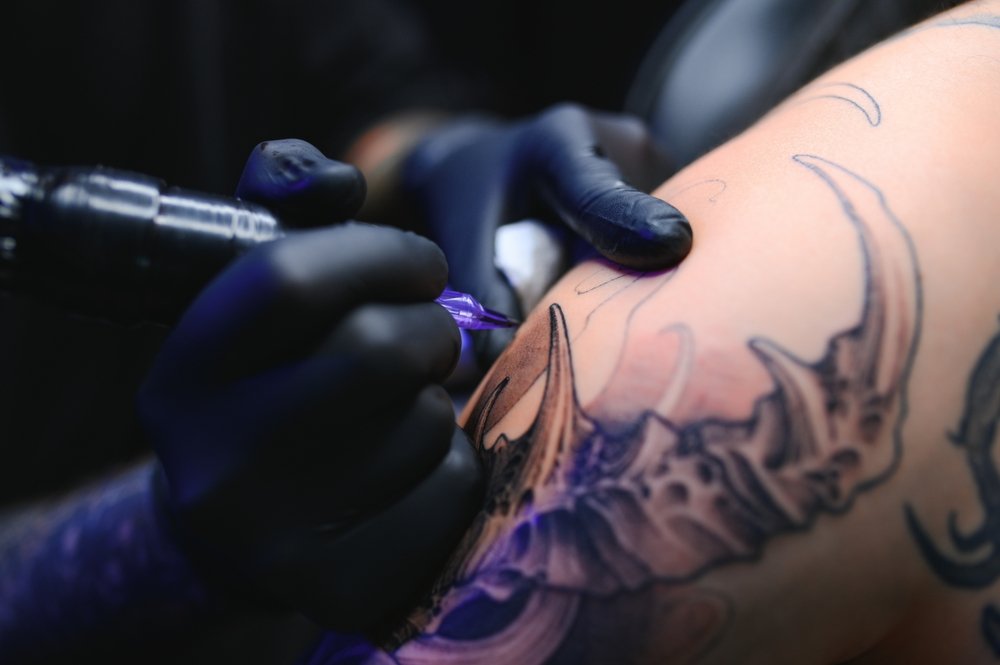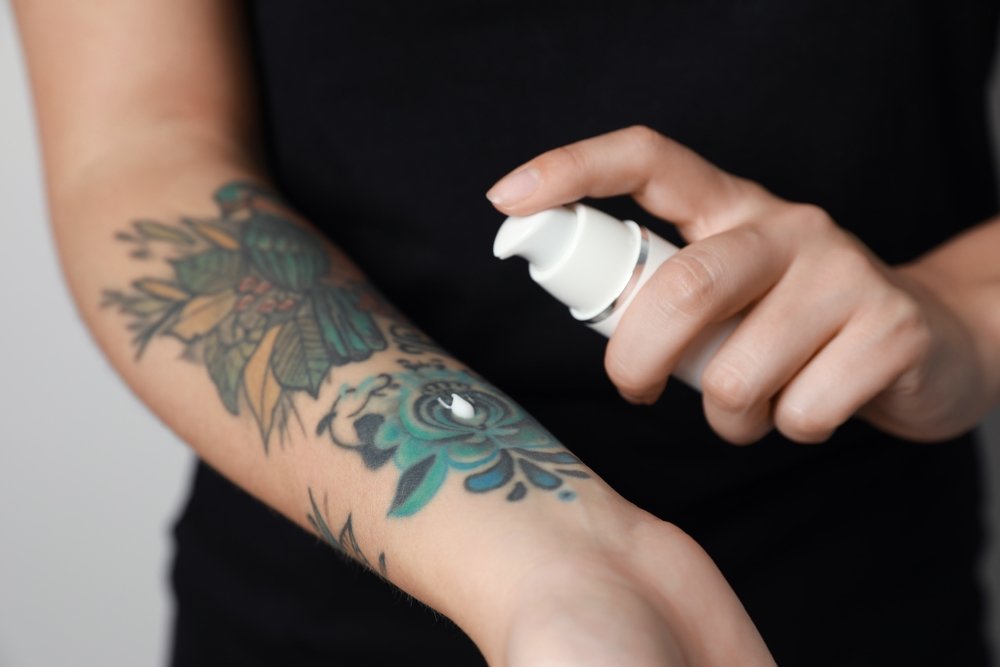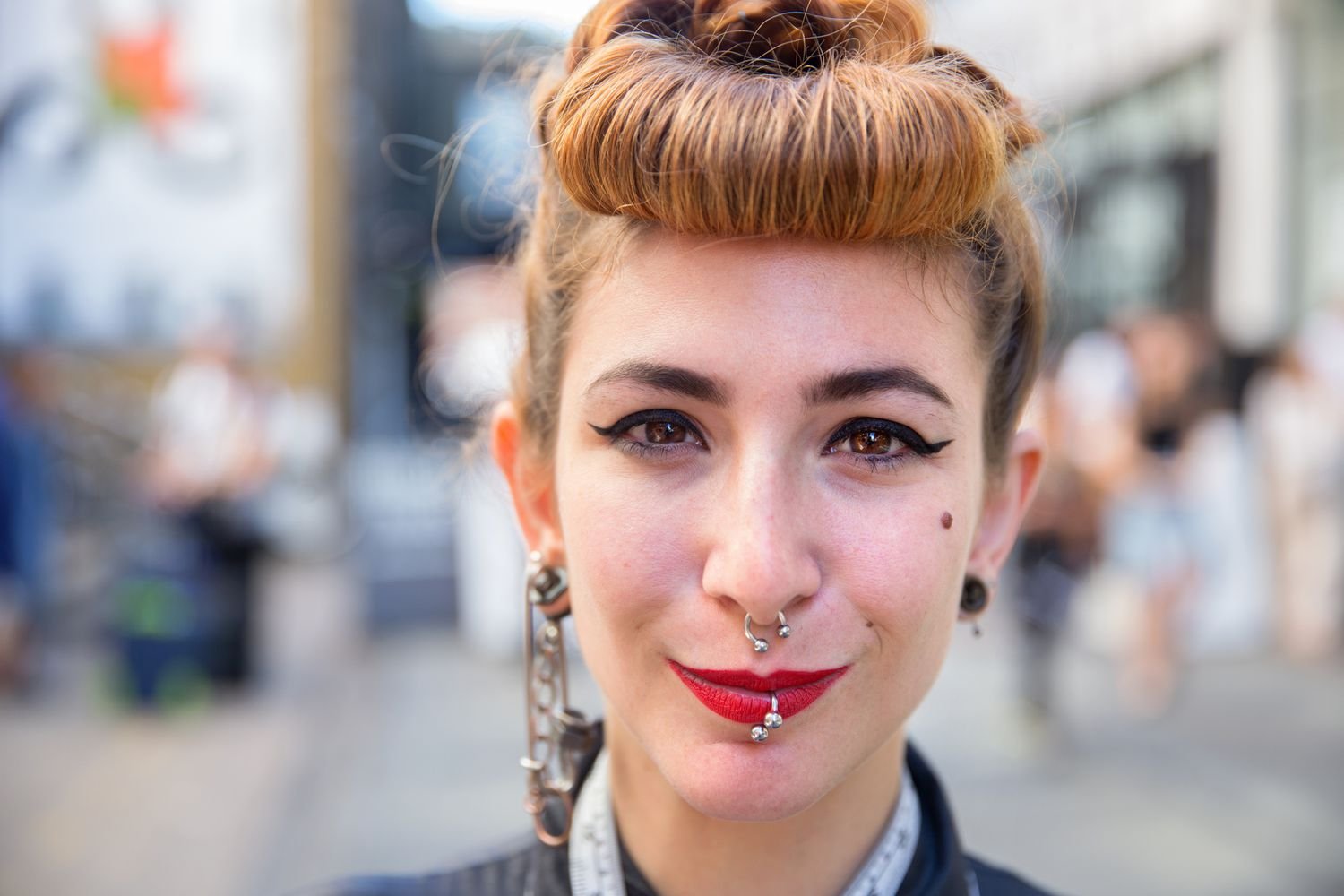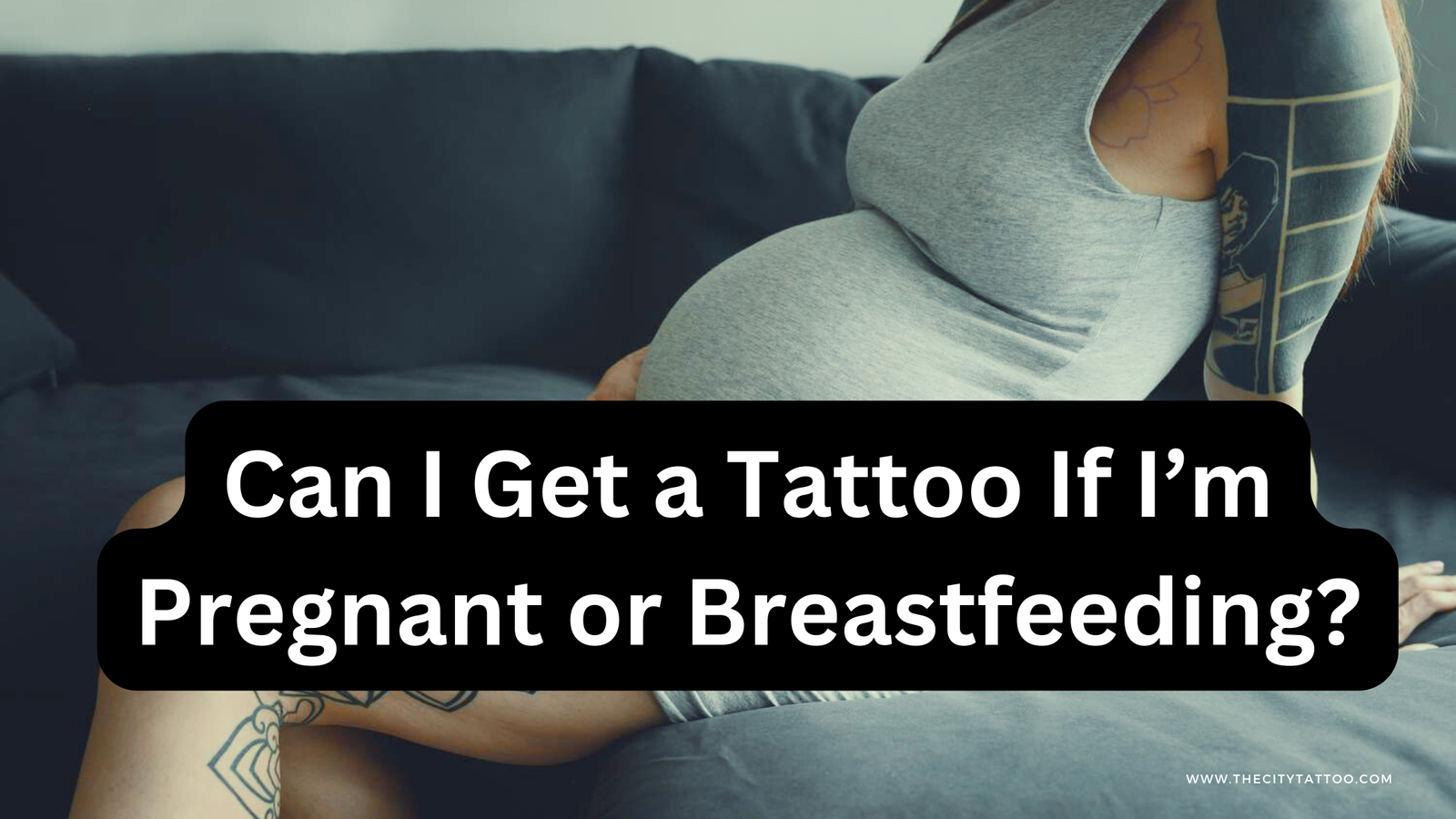Getting a tattoo is an exciting experience, but one of the most common concerns for those new to the process is the pain involved. While the idea of getting inked is appealing, the fear of pain can be daunting. This guide will walk you through everything you need to know about tattoo pain, including which areas of the body are most and least painful, what to expect during the process, and how to manage discomfort.
Understanding Tattoo Pain: What to Expect
Tattoo pain is subjective and varies greatly from person to person. Several factors influence how painful a tattoo might feel:
- Pain Tolerance: Everyone has a different pain threshold, so what might be mildly uncomfortable for one person could be quite painful for another.
- Tattoo Placement: The location of the tattoo plays a significant role in how much pain you might experience. Some areas of the body are naturally more sensitive than others.
- Tattoo Size and Detail: Larger tattoos or those with intricate details that require longer sessions can be more painful simply due to the extended time under the needle.
- Needle Type: The type of needle used can affect pain levels. For example, shading needles, which cover a larger area, might feel different compared to fine line needles used for detailed work.
Most Painful Areas to Get a Tattoo
Certain parts of the body are known to be more painful for tattooing due to the thinness of the skin, proximity to bones, or concentration of nerve endings.
- Ribcage:
- Why It Hurts: The ribcage is one of the most painful places to get a tattoo because the skin is thin, and the area is close to the bones. The lack of fat or muscle in this region means there’s little cushioning between the needle and your bones.
- Pain Level: High
- Spine:
- Why It Hurts: Like the ribcage, the spine is another area with thin skin and close proximity to bones. The spine also houses many nerve endings, making it highly sensitive.
- Pain Level: High
- Ankles and Shins:
- Why It Hurts: The ankles and shins have very little fat, meaning the needle’s impact is felt more intensely against the bone.
- Pain Level: High
- Elbows:
- Why It Hurts: The skin around the elbow is thin, and the area has a lot of nerve endings. Additionally, the bone is close to the surface, which can increase discomfort.
- Pain Level: High
- Inner Arm (Bicep and Armpit):
- Why It Hurts: The inner arm, particularly the armpit area, is extremely sensitive due to the concentration of nerves and the thinness of the skin.
- Pain Level: High
Least Painful Areas to Get a Tattoo
On the other end of the spectrum, some areas of the body tend to be less painful for tattooing, often due to thicker skin, more fat, or fewer nerve endings.
- Outer Arm (Bicep and Forearm):
- Upper Thigh:
- Why It Hurts Less: The upper thigh has plenty of muscle and fat, which helps absorb the impact of the needle. This makes it a less painful area for tattooing.
- Pain Level: Low to Medium
- Calves:
- Why It Hurts Less: Like the thighs, the calves are well-cushioned with muscle and fat, reducing the pain felt during tattooing.
- Pain Level: Low to Medium
- Shoulders:
- Why It Hurts Less: The shoulders have thicker skin and are well-padded with muscle, making them one of the more comfortable areas for a tattoo.
- Pain Level: Low to Medium
- Buttocks:
- Why It Hurts Less: The buttocks are one of the least painful places to get a tattoo, thanks to the abundance of fat and muscle that provides cushioning.
- Pain Level: Low
Managing Tattoo Pain: Tips and Techniques
While some pain is inevitable when getting a tattoo, there are several ways to manage and minimize discomfort.
- Choose the Right Artist:
- An experienced tattoo artist will work efficiently and with a gentle hand, which can significantly reduce discomfort. Make sure to communicate with your artist about your pain concerns.
- Prepare Your Body:
- Being well-rested, hydrated, and having eaten a meal before your tattoo session can help your body cope better with the pain. Avoid alcohol and caffeine, as they can increase sensitivity.
- Use Numbing Cream:
- Over-the-counter numbing creams can be applied to the skin before your session to dull the pain. However, consult with your tattoo artist before using any products.
- Practice Deep Breathing:
- Deep, steady breathing can help you relax and manage pain. Focus on your breath, and try to remain as calm as possible during the session.
- Take Breaks:
- Don’t hesitate to ask your artist for a break if the pain becomes too much. Short breaks can help you reset and continue with the session more comfortably.
- Distract Yourself:
- Listening to music, watching a movie, or engaging in conversation with your artist can distract you from the pain and make the session more bearable.
- Post-Tattoo Care:
- Proper aftercare is crucial for healing and can prevent unnecessary pain. Follow your artist’s tattoo aftercare instructions to minimize discomfort during the healing process.
FAQs About Tattoo Pain
Q: How long does the pain last after getting a tattoo?
- A: The intensity of pain generally decreases after the first few hours, but some soreness or tenderness can persist for a few days as the tattoo begins to heal.
Q: Are there any parts of the body where tattoos don’t hurt at all?
- A: While pain levels can vary, most people experience some level of discomfort with any tattoo. However, areas with more fat or muscle tend to be less painful.
Q: Can I take painkillers before my tattoo session?
- A: It’s best to consult with your tattoo artist before taking any painkillers. Some medications, like aspirin, can thin the blood and cause increased bleeding during the tattoo process.
Conclusion
Tattoo pain is a natural part of the tattooing process, but it shouldn’t deter you from getting the ink you’ve always wanted. By understanding which areas of the body are more or less painful and learning how to manage discomfort, you can make your tattoo experience as smooth and enjoyable as possible. Remember, the temporary pain is often outweighed by the joy and satisfaction of having a beautiful, meaningful piece of art that lasts a lifetime.




